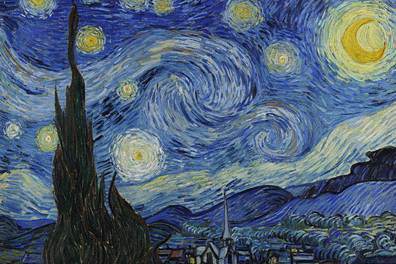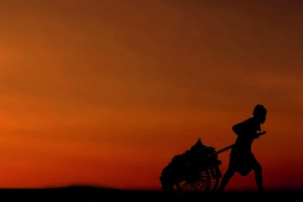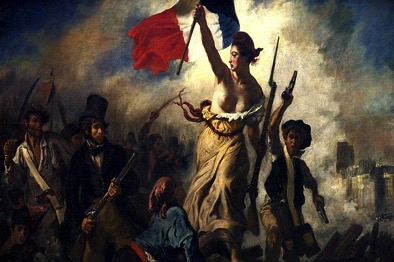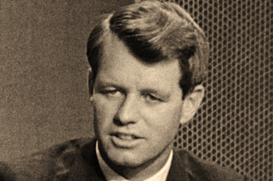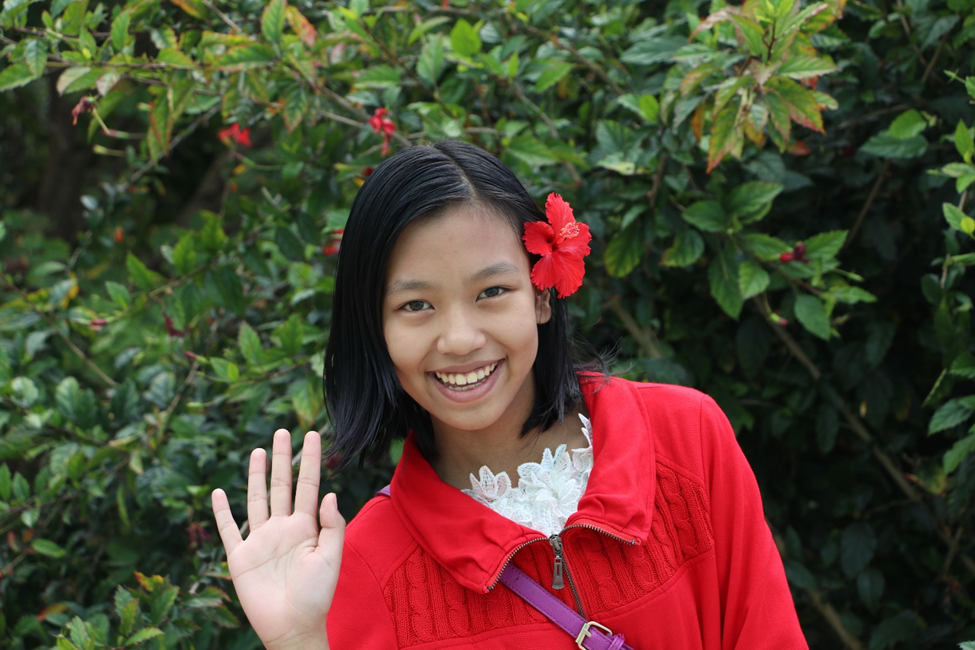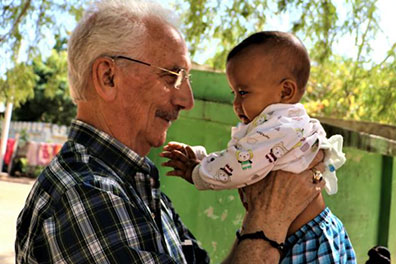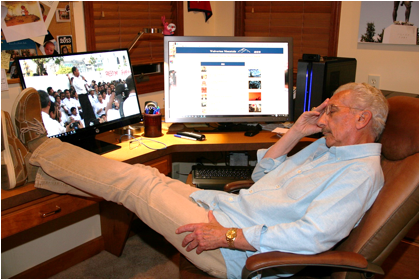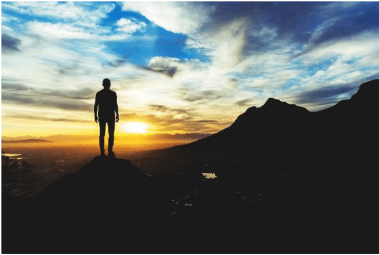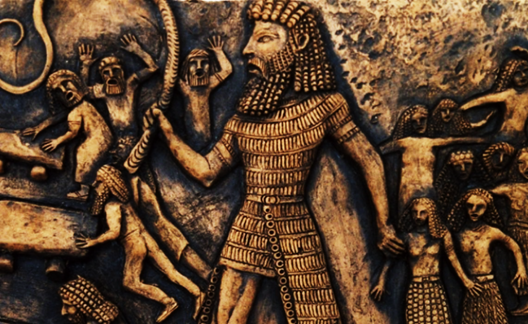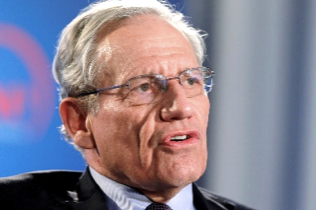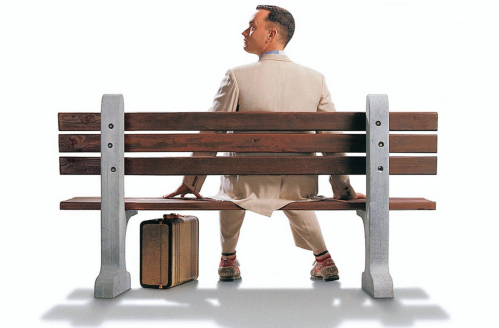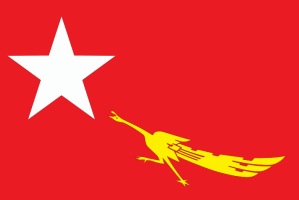A Class that Our TACO President Failed
This is a short class on the vexing questions facing America: immigration. We have a choice to learn and change our mindsets, or merely repeat the insanity that one group or race is inherently better than another.
The presumption that one race is superior to another goes back a couple of hundred thousand years. Do you think that Homo erectus or Homo neanderthalensis got along amicably? When Homo sapiens evolved and started to immigrate into areas of the other two groups, there surely was racism and attitude of ethnic superiority.
Due to the Bering land bridge, Asia and North America were connected many millennia ago. At one time, the land bridge was over 600 miles wide. The last glacial period resulted in a significant lowering of the sea levels, which enabled migration into North America from Asia.

Our genetic roots are from Africa.
When Asian migrants entered both North and South America, they were the very first humans. After thousands of years, the first Europeans who reached North America were the Vikings. However, the major settlements began with Columbus's arrival in 1492. After the Spanish arrived, other Western European countries followed. It wasn’t long before the Portuguese, French, Dutch, and English came to our shores. The group that arrived after the first one had issues with the new arrivals. As the newer group faced problems, they eventually assimilated into the larger group, which ultimately had issues with the new immigrants. As insane as that seems, millions of people died due to that mindset.
In the 29th century, Robert Kennedy gave the Day of Affirmation Address at the University of Cape Town, South Africa, on June 6, 1966. This is a photo of Kennedy speaking. What are the two things that you notice in the picture?
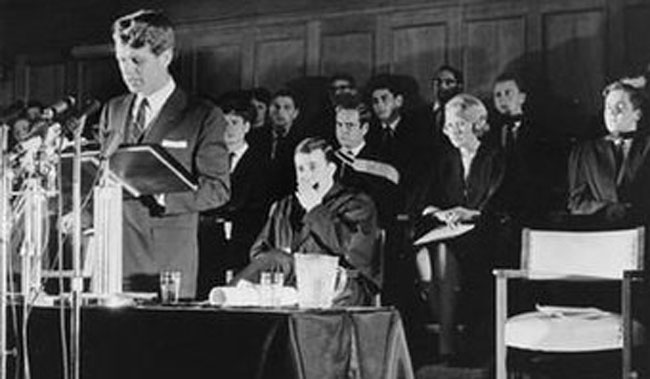
Kennedy’s speech on the Day of Affirmation
This is the beginning of Kennedy’s speech at the University of Cape Town.
I come here this evening because of my deep interest and affection for a land settled by the Dutch in the mid-seventeenth century, then taken over by the British, and at last independent; a land in which the native inhabitants were at first subdued, but relations with whom remain a problem to this day; a land which defined itself on a hostile frontier; a land which has tamed rich natural resources through the energetic application of modern technology; a land which was once the importer of slaves, and now must struggle to wipe out the last traces of that former bondage. I refer, of course, to the United States of America.
Kennedy captivated the audience with his O. Henry-like twist at the beginning of his speech. His audience thought he was talking about South Africa, when in fact, he was referring to the United States.
As for my question about what you noticed in the photo of Kennedy’s speech, they were all white. The South African government created a policy called apartheid in 1948, and it lasted until 1994. Kennedy’s speech was given in the middle of what Americans would call segregation, separate and unequal treatment. However, whites in SA made up 7% of the population, and they controlled the vast majority of the South African population.
The other issue with the photo was the empty seat, which was for Ian Robertson, the president of the National Union of South African Students (NUSAS). The apartheid government banned Robertson from Kennedy’s speech in Cape Town. Interestingly, Robertson, who was white, was the person who invited Kennedy due to his work in the American civil rights movement.
The insanity of getting rigid of unwanted immigrants isn’t related to race or ethnicity. For example, Roger Williams, a Puritan clergy, arrived in the Massachusetts Bay Colony in 1631. However, he was banished a few years later because he held differing religious beliefs from the Puritan founders. He believed in the separation of church and state, which was too much for Puritans, who ironically came to the New World seeking religious freedom. Once they arrived, they wouldn’t tolerate other theological beliefs.
In the next several centuries, some members of the Campbell Clan left Scotland due to their religious and political convictions. They journeyed to Ireland for several decades but eventually left again because they didn’t feel they fit in with Irish society and immigrated to America.
As a great-great-grandson of a Scottish descendant, the first thing I did after graduating from college and graduate school was to attend postgraduate studies at the University of Edinburgh in Scotland. In the summers, I traveled throughout Europe.
During my journey down the yellow brick road of life, I’ve led tours to the Holy Lands and another to Egypt. In the past quarter century, I’ve taken an additional ten trips overseas. Some trips were revisiting Scotland, Egypt, and Morocco. However, Asia was where most of the journeys were. During one of my trips to China, I taught an American class while I was there.
My last three trips were to Myanmar. On the first trip, I met my family. On my last trip to Myanmar, my family and I went on a family tour. We visited places that most Westerners never knew existed. Set Set Yo is such a place with only a couple of hundred residents. There, I met my great-granddaughter, A Ngal Lay.
Ti Ti, my granddaughter in Myanmar, left Myanmar and went to Thailand due to the recent military coup. Many college students have migrated to Thailand. They don’t hold a refugee status from Myanmar, as far as the Thai government is concerned. I feel helpless here in the States.
Ti Ti was turned down by our embassy in Yangon, Myanmar, three times. I wonder why a brilliant Asian student was repeatedly turned down by a white American interviewer for a student visa. Myanmar is one of the countries that Trump won’t allow to come to America, even if it was to go to college here. College Days is Ti Ti’s section of my webpage.
In America, we hear Trump talking about immigration and the deportation of unwanted Hispanic aliens from Central and South America.
We need to take heed of what George Santayana wrote: “Those who cannot remember the past are condemned to repeat it.” It is worth noting that Jorge Agustín Nicolás Ruiz de Santayana y Borrás was born in Madrid, Spain. His family immigrated to the United States when he was eight years old. While here, he attended Boston Latin School before attending Harvard. Then, after he got his doctorate, he taught at Harvard. Not bad for a Hispanic immigrant.
This is the complete Day of Affirmation Address at the University of Cape Town by Robert Kennedy.








